If you haven't heard about the problems that bees are having, it is about time to pay attention. Throughout the world, bees are suffering from a variety of misfortunes that are causing whole hives to die off, while others are not thriving. In the winter of 2013-2014, one-quarter of honeybee colonies in the United States died.
Now, you may be frightened of bees because of their stings, but we must all learn to understand that without the bees, there will be no food. Why? Bees are responsible for pollinating one-fifth of the world's crops, upon which both humans and livestock depend. If these hard-working insects die off, the world will suffer enormous food shortages, and many plants that provide food will go extinct, because all flowering plants reproduce through pollination, and most pollination is accomplished by bees.


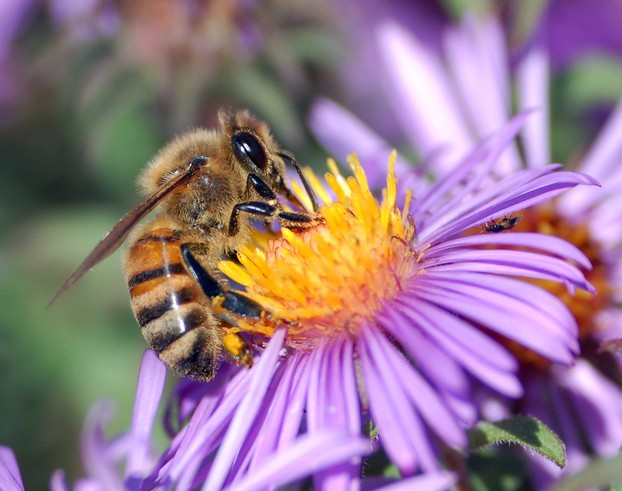

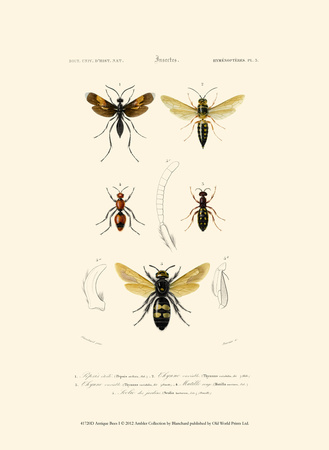
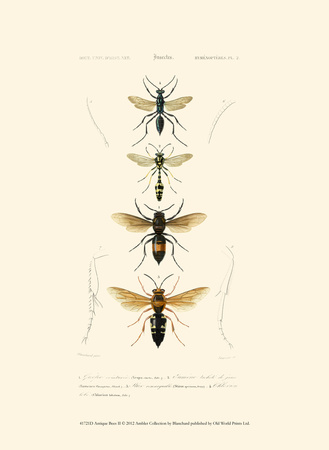
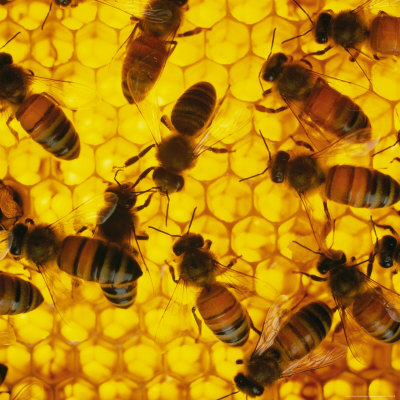


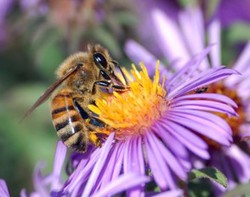

 My Experience with KaiZenon 04/19/2016
My Experience with KaiZenon 04/19/2016
 How to Use Your Car Cigarette Lighter: Fun, Ridiculous and Useful Aftermarket 12-volt Accessorieson 10/03/2015
How to Use Your Car Cigarette Lighter: Fun, Ridiculous and Useful Aftermarket 12-volt Accessorieson 10/03/2015
 Why Use NextDoor?on 07/13/2015
Why Use NextDoor?on 07/13/2015
 Food Network Toaster Reviewon 06/12/2015
Food Network Toaster Reviewon 06/12/2015

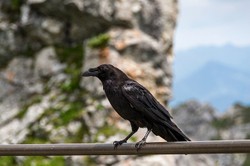
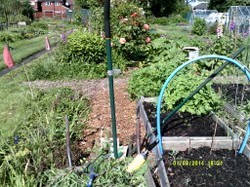
Comments